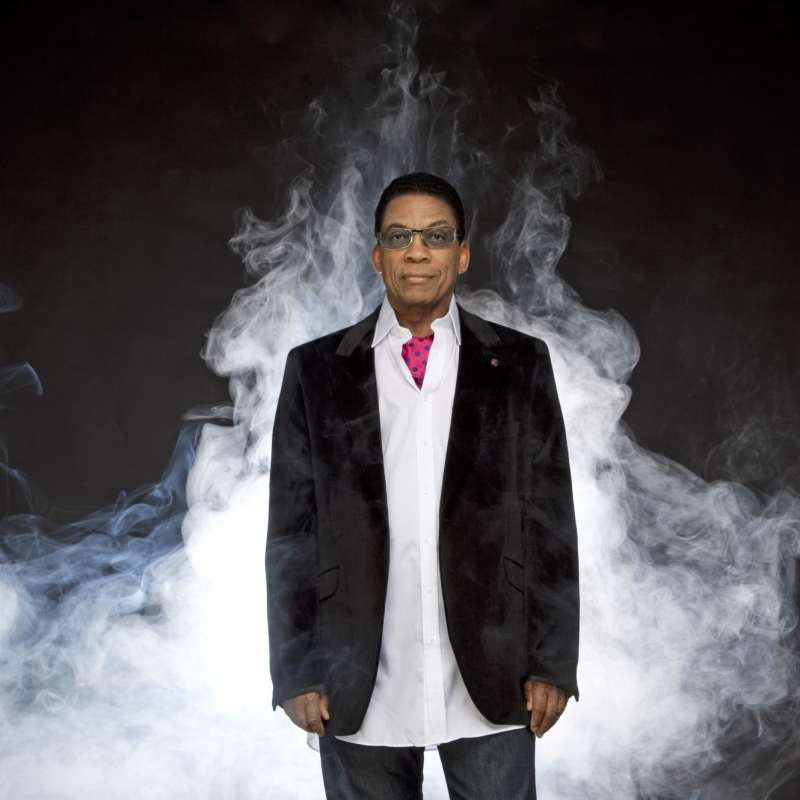Introduction
"Maiden Voyage" by Herbie Hancock is a landmark jazz composition from the 1960s, encapsulating the spirit of innovation and exploration that defined the decade. Released in 1965, this track is a quintessential example of Hancock's ability to blend complex harmonies with accessible melodies, making it a staple in the jazz-fusion genre.
Cultural Context
During the 1960s, the music world was undergoing a transformation with the British Invasion, psychedelia, and the rise of Motown and soul. Amidst these shifts, "Maiden Voyage" emerged as a beacon of the cool-jazz and jazz-fusion movements, offering a sophisticated alternative to the mainstream sounds of the time.
Production & Sound
The track features an iconic modal jazz structure, characterized by its use of suspended chords and a minimalist approach that allows each musician's contribution to shine. Hancock's piano work is complemented by Freddie Hubbard's trumpet, Ron Carter's bass, Tony Williams' drums, and George Coleman’s tenor saxophone, creating a lush, ambient soundscape.
Notable Live Moment
A notable live rendition of "Maiden Voyage" was performed by Herbie Hancock at the 1973 Montreux Jazz Festival. This performance showcased the track's enduring appeal and Hancock's ability to reinterpret his work, keeping it fresh and relevant for new audiences.
Modern Legacy
"Maiden Voyage" remains a vital piece of the jazz repertoire, frequently covered and performed by musicians worldwide. Its timeless quality and innovative structure continue to inspire jazz artists and enthusiasts alike, securing its place as a classic in the genre.





Comments (0)